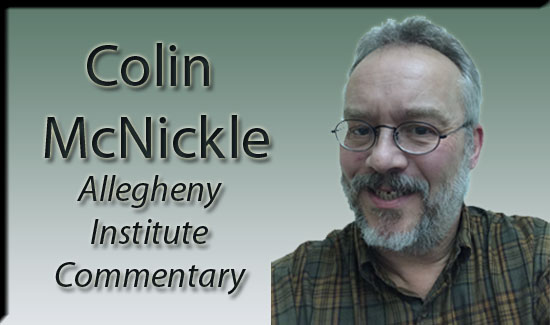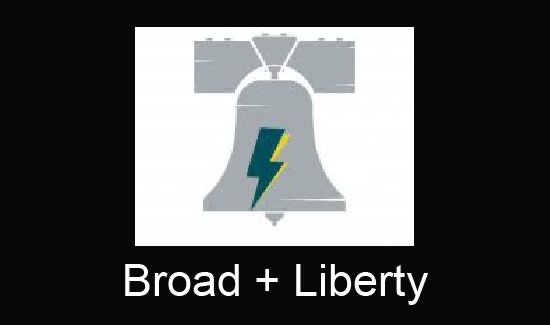Problems Mount for State System of Higher Education

Problems continue to grow worse for the Pennsylvania State System of Higher Education (PASSHE). And there remains little doubt that dramatic changes are needed at several of the universities in the 14-school system, says a scholar at the Allegheny Institute for Public Policy.
“It is time for the Legislature and the governor to address these problems head-on,” says Jake Haulk, president-emeritus of the Pittsburgh think tank (in Policy Brief Vol. 20, No. 6).
Since peaking at 119,513 in 2010, PASSHE enrollment has declined continuously to reach 95,494 in the fall of 2019. The drop of 24,019 students represents a 20 percent loss.
“But that figure does not capture the whole story,” reminds Haulk. “There are very large enrollment losses among (some) universities.”
West Chester, which now has the largest student count at 17,691, has added 3,210 students since 2010 while Slippery Rock has seen enrollment remain essentially flat in the same period.
But all other state system schools have lost at least 10 percent, with some of the student losses simply shocking.
Take, for instance, the 61 percent drop at Cheyney; a 51 percent enrollment drop at Mansfield; a 46 percent decline at Edinboro; a 42 percent decline at Lock Haven; Clarion’s 36 percent drop and Indiana’s student enrollment decline of 32 percent.
The student census also dropped 27 percent at both California and Shippensburg and 23 percent at Kutztown. East Stroudsburg, Bloomsburg and Millersville had the smallest (though still significant) student enrollment drops at 16, 14 and 10 percent, respectively, between 2010 and the fall of 2019.
Obviously, schools with a student census drop of 20 percent or more face enormous difficulties; those with declines of 35 percent or more face extraordinary difficulties.
“How do they maintain economically justifiable class sizes or degree programs?” asks Haulk, a Ph.D. economist. “How do they cope with all the surplus infrastructure – classrooms, dorms, etc.? How do they handle layoffs of redundant faculty? How many doctoral or masters programs are at risk?
“Indeed, how can university status be maintained for schools that have lost 40 percent or more of students and are still shrinking?”
But declining enrollment is not the only problem contributing to the PASSHE schools’ financial woes; “overly generous compensation packages for employees” also are to blame, Haulk stresses. And more rigid third-party accounting standards have exposed the true level of financial difficulties.
Here’s just a sampling:
Liabilities more than doubled between 2010 and 2019, from $2.072 billion (not including pensions) to $5.460 billion, that latter number based on the now-required inclusion of pension liabilities.
Other post-retirement liabilities nearly tripled, from $723 million to $1.977 billion.
Bond debt increased by 40 percent, from $825 million to $1.155 billion while other liabilities soared as well, from $404 million to $1.070 billion.
So, what’s the PASSHE to do? Given that raising tuition would be a self-defeating proposition with continued falling demand, the most promising proposal has been to give the system board the power to consolidate or close schools.
Not only must the Legislature address the surplus of state-supported university capacity in an increasingly competitive environment fueled by falling high school graduation counts, the unionized faculty question also must be tackled.
“Unions are inimical to containing costs, education excellence and management prerogatives such as hiring decisions and layoffs,” Haulk says.
Colin McNickle is communications and marketing director at the Allegheny Institute for Public Policy ([email protected]).



